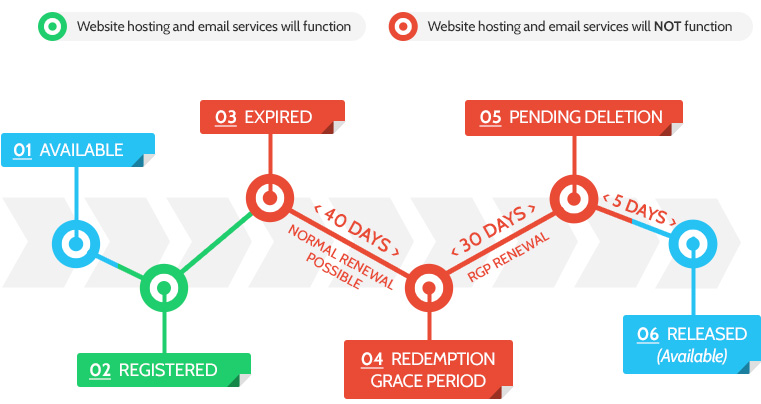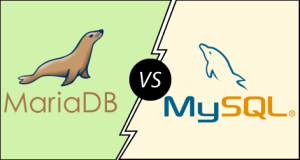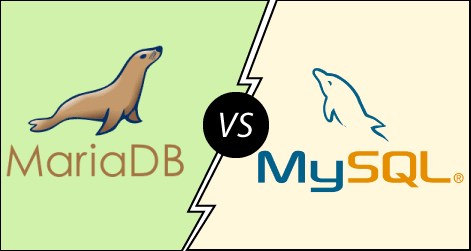The life cycle of a domain refers to the various stages it goes through from its initial creation to its potential deletion or re-registration. Here’s a breakdown of the typical life cycle of a domain name:
Registration:
This is the initial phase where a domain name is chosen and registered through a domain registrar. The domain is then associated with an IP address and becomes accessible on the Internet.
Active
During this phase, the domain name is fully functional and can be used to host a website, receive emails, or provide other services. As long as the domain owner renews it before its expiration date, it remains active.
Renewal
Domain names are typically registered for a specific period, commonly one to ten years. Renewal involves extending the registration period before the domain expires, ensuring continued ownership and functionality.
Expiration
If a domain owner fails to renew the domain before its expiration date, it enters the expiration phase. During this period, the domain might still be renewable by the current owner, often with an additional fee.
Grace Period
Many registrars provide a grace period immediately following the expiration date. During this time, the domain can usually still be renewed by the original owner without incurring any extra fees.
Redemption Period
If the domain is not renewed during the grace period, it enters the redemption period. This phase can vary in length depending on the registrar and domain extension. During this time, the domain owner can still reclaim the domain, but usually at a higher cost.
Pending Delete
If the domain is not redeemed by the original owner during the redemption period, it is typically released for anyone to register. This phase is known as pending delete.
Available for Registration
After the pending delete phase, the domain name becomes available for registration by anyone on a first-come, first-served basis. At this point, the domain can be registered anew by a different party.

It’s important to note that the exact rules and timeframes for each phase of the domain life cycle can vary depending on the policies of the domain registrar and the specific top-level domain (TLD) involved (e.g., .com, .net, .org). Therefore, it’s advisable for domain owners to keep track of their domain’s registration status and renewal dates to prevent unintentional expiration or loss of the domain name.








